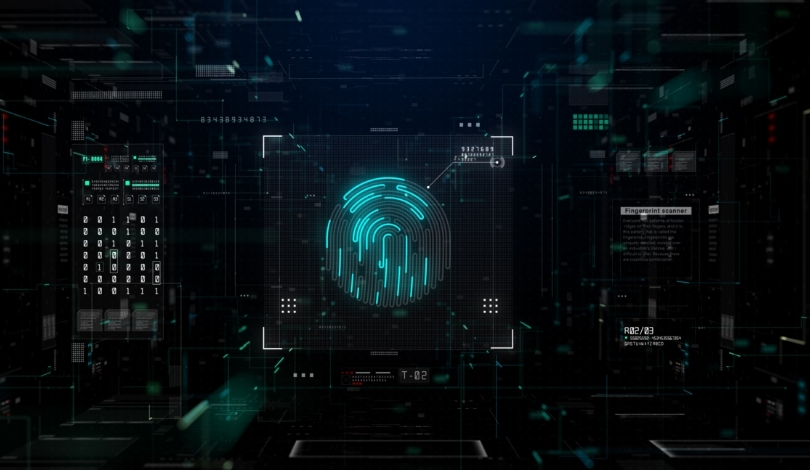Cyber threats have intensified across the telecommunications, airline, and utility sectors, driven by increased digitization and insufficient security measures. These industries are now classified under the “high risk” category by Moody’s Rating, reflecting their heightened vulnerability to cyberattacks. The interdependence on digital infrastructure not only streamlines operations but also exposes these sectors to sophisticated threats that could disrupt essential services.
In recent years, the telecommunications sector has become a prime target for cybercriminals, with incidents such as the Salt Typhoon attacks compromising major companies like AT&T, Verizon, and Lumen. These breaches allowed unauthorized access to sensitive data, including court-ordered wiretaps, prompting calls for improved security protocols from government officials. Similarly, AT&T faced significant backlash when hackers accessed six months of customer phone and text records, highlighting the critical need for robust data protection measures.
How Do Increased Digitization and Security Practices Affect Cyber Risk?
The surge in digitization expands the digital footprint of organizations, creating more entry points for cyberattacks. Moody’s analysts identified that this trend, coupled with below-average cybersecurity practices, exacerbates the risk. For instance, T-Mobile was fined $31.5 million by the FCC for repeated data breaches, with half of the fine allocated to enhancing security measures. These examples underscore the challenges companies face in safeguarding sensitive information against increasingly sophisticated cyber threats.
What Impact Do Cyberattacks Have on the Airline Industry?
The airline sector experienced significant disruptions in July when a faulty CrowdStrike update led to the grounding of thousands of flights operated by United, Delta, and American Airlines. This incident demonstrated the sector’s reliance on software integrity and the potential widespread consequences of technological failures. Moody’s emphasized that such dependencies highlight the critical need for reliable and secure software systems to prevent extensive operational disruptions.
Which Additional Sectors Are Now Considered High Risk?
Beyond telecommunications and airlines, Moody’s report identified several other sectors under “high risk,” including electric and gas distribution, water and wastewater utilities, and not-for-profit hospitals. The power generation industry also joined this category due to its increased digitization, which heightens vulnerability to cyber threats. These sectors are essential to daily life and economic stability, making their security paramount.
The analysis revealed that over two-thirds of global industries are highly digitized, enhancing efficiency but also complicating supply chains. This complexity allows hackers greater opportunities to disrupt services, as evidenced by various high-profile breaches. The report underscores the necessity for comprehensive cybersecurity strategies tailored to the unique challenges of each sector.
Companies across these high-risk sectors must prioritize strengthening their cybersecurity frameworks to protect against evolving threats. Implementing advanced security measures and fostering a culture of vigilance are critical steps in mitigating risks. As digitization continues to advance, sustained investment in cybersecurity will be essential to ensure the resilience and reliability of these vital industries.










